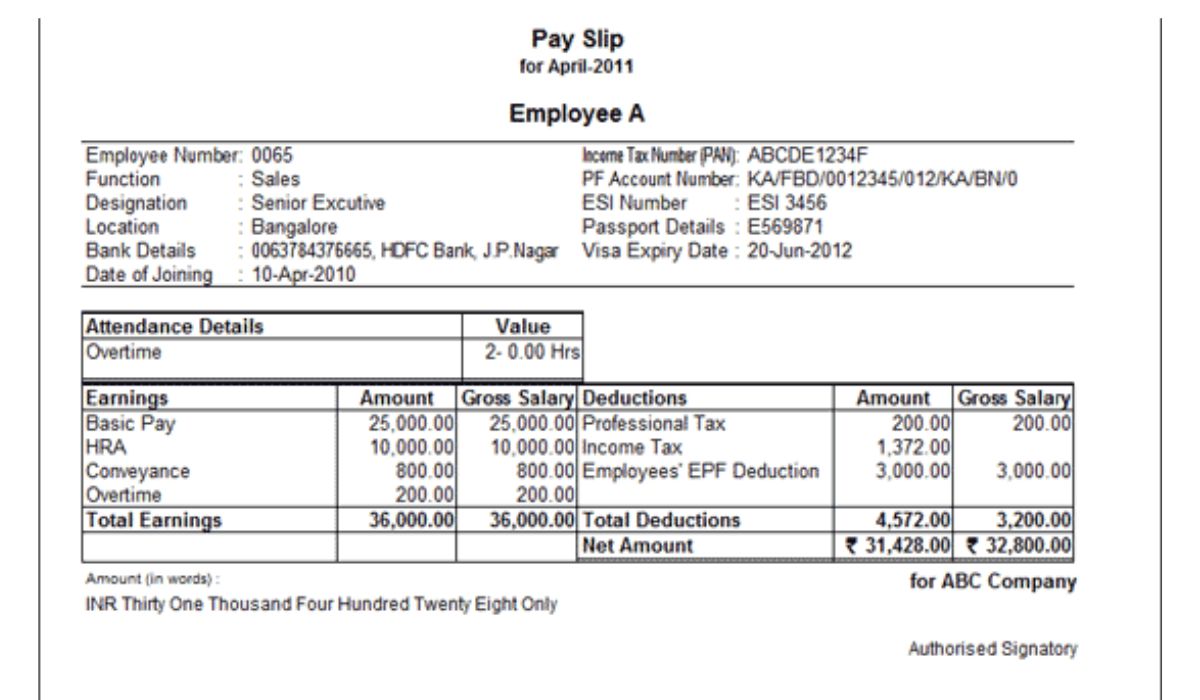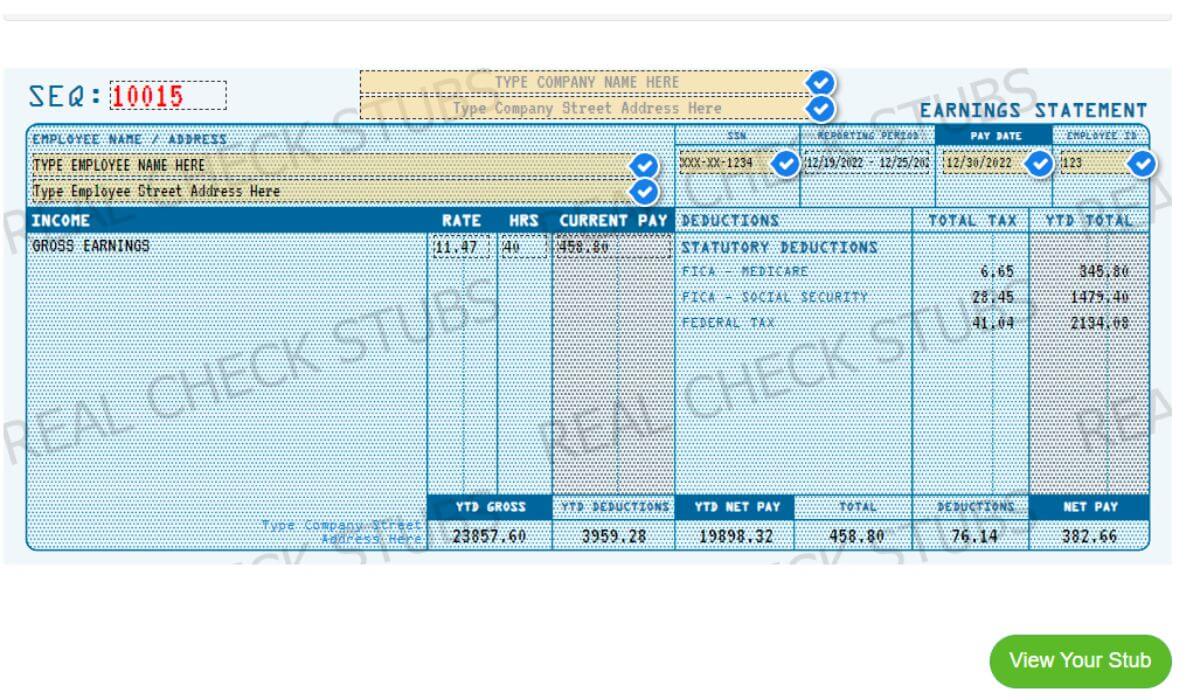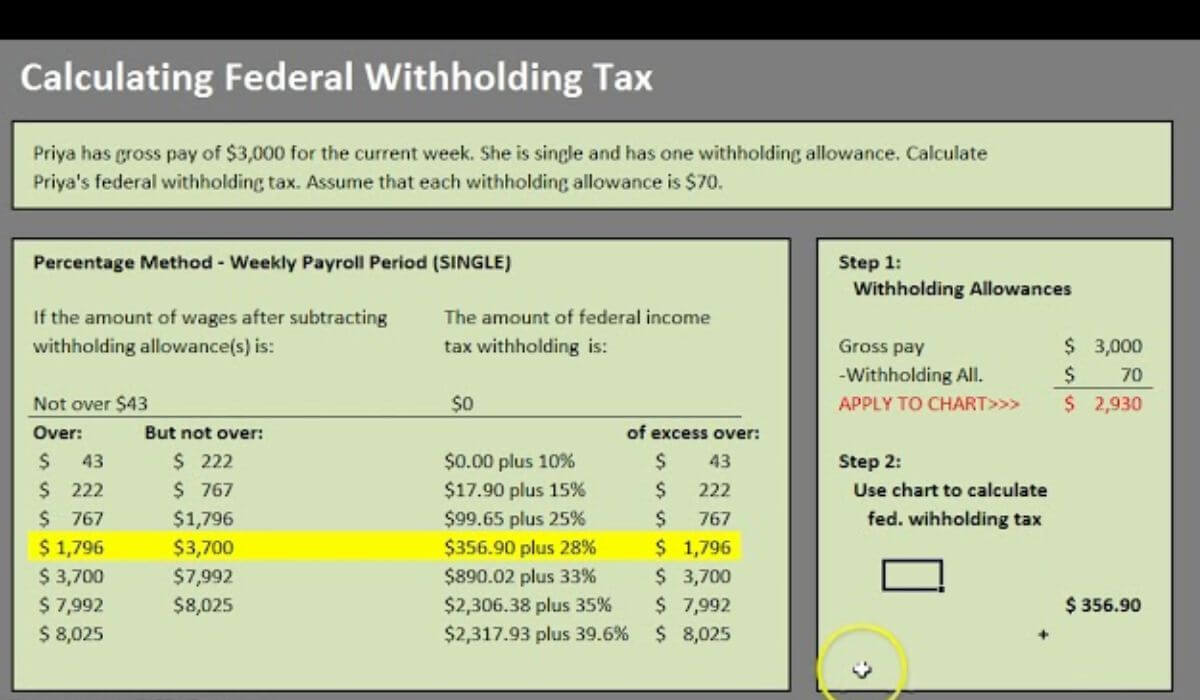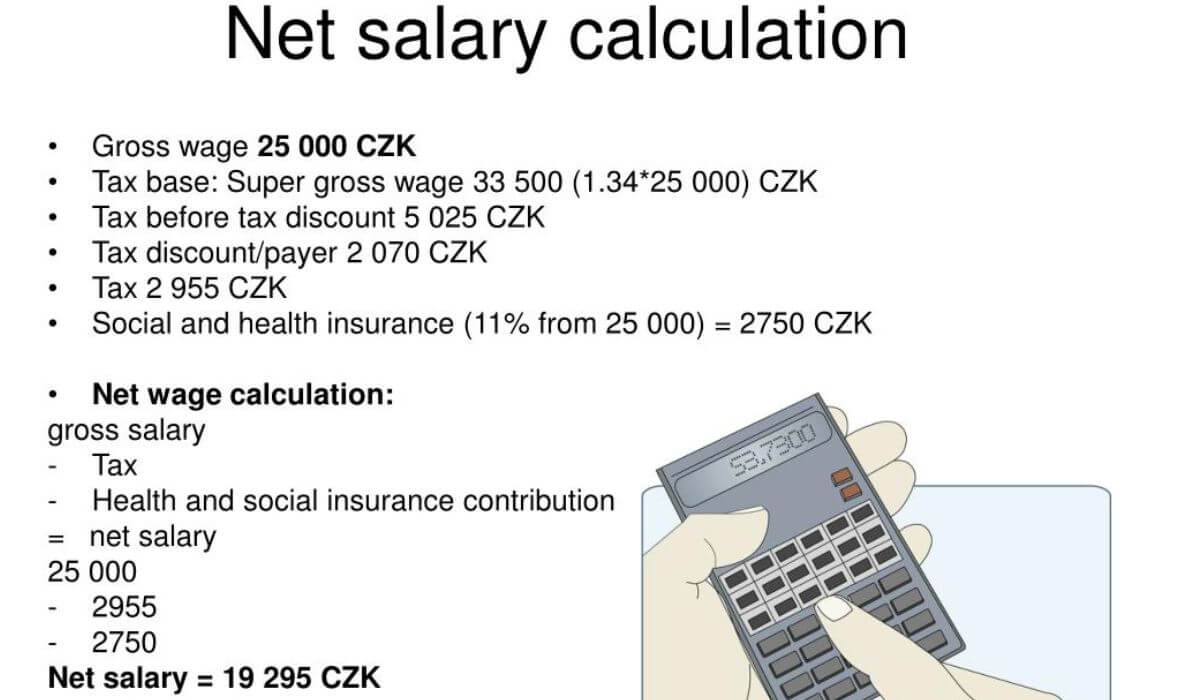How to Manually Calculate U.S. Paystubs With No State Tax
Are you a business owner considering calculating your own payroll processing? Are you wondering if it’s possible to do it manually?
Calculating U.S. paystubs manually is simple once you learn what goes into a paystub calculation. This guide will show you how to calculate paystubs step by step.
What Is a Paystub?
A paystub (or paycheck stub) is a record of paid wages that helps employees understand their gross and net pay.
An employee’s gross pay is the total amount of money an employer owes to that employee. The net pay is the actual amount of money the employee receives or their take home pay. The difference between these two amounts lies in the taxes, deductions, and contributions the employer must deduct from the employee’s total income.
The frequency of calculating paystubs depends on the pay frequency. You should create one each time you transfer funds to an employee.
What Documents Do You Need Before Calculating Paystubs?

Before crunching the numbers, you must ensure each employee completes a few employee documents.
W-4 Form
The W-4 form is the most important document each new employee must complete at hire. This document is required by the Internal Revenue Service (IRS). It includes all the necessary financial data to calculate exact taxes you’ll need to withhold from the employee’s salary. The employee will need to provide the following information:
-
Name
-
Address
-
Social security number
-
Marital status
-
Filing status
State W-4 Form
The W-4 form is used to calculate the Federal Income Tax (FIT) deduction. However, some states have specific requirements and their own W-4 forms used to calculate state or local taxes. You can find the complete list of applicable state forms on the Federation of Tax Administrators website.
Do All U.S. States Have an Income Tax?
Not all U.S. states levy income taxes on individuals who live or earn money in the state. As of 2023, nine states have no income taxes or only tax-specific investment income types. These states are as follows:
-
Alaska
-
Florida
-
Nevada
-
New Hampshire
-
South Dakota
-
Tennessee
-
Texas
-
Washington
-
Wyoming
Due to differences in laws, it’s crucial to keep up with specific requirements each state sets for employee stubs.
How to Manually Calculate Paystubs With No State Tax

Calculating payroll is a matter of following a simple paystub formula. Start with the total salary earned and remove the necessary withholdings and deductions. If you operate your business from a state with no income tax, you’ll only need to subtract federal taxes.
This step-by-step guide should provide general guidance on calculating U.S. paystubs and delivering an accurate paycheck to your employees each pay period.
Step One: Calculate Gross Pay
Calculating gross pay depends on whether you employ hourly or salaried employees.
Hourly employees
These employees are paid at an hourly rate for a pay period. To calculate a gross hourly wage, simply multiply the rate by the number of hours worked.
Individuals who work over 40 hours a week are entitled to overtime. You can calculate the overtime rate by multiplying the employee’s regular pay rate by 1.5. This is the minimum amount required by law, but you’re free to pay a higher overtime rate for a pay period.
Salaried Employees
Salaried employees receive an annual salary instead of an hourly paycheck. To calculate their gross pay, simply divide the annual salary by the number of pay periods in a year. The number of pay periods will depend on the agreed pay frequency. Most commonly, paychecks are handed out weekly, bi-weekly, or monthly.
Some salaried employees are exempt from the overtime rules. However, you must pay overtime to those employees whose annual salary is equal to or less than $35,568. This rule applies even if there are certain exemptions in place.
Step Two: Apply Pre Tax Deductions
Before you calculate exact taxes to deduct from the employee’s paycheck, you must take care of their pre-tax contributions. These can be voluntary, such as health insurance premiums or 401(k) plans, or involuntary, such as child support or wage garnishment. The exact amounts will be included in financial data from the IRS, state jurisdiction, or a judge.
Step Three: Calculate Employee Tax Withholdings

Once you know the employee’s gross pay and have the number of allowances from their tax form, you can calculate how much earnings to withhold to cover their taxes. In states with no income tax, you’ll need to withhold the Federal Income Tax and FICA taxes.
Federal Income Tax (FIT)
To calculate FIT, you’ll need to reference the tax tables on page 10 of the 2022 IRS Publication 15-T. The tax percentage you’ll need to withhold depends on the employee’s marital status and the number of dependents.
The calculation goes as follows:
-
Calculate the employee’s annual salary.
-
Subtract the claimed allowances.
-
Locate the remaining amount in the appropriate range between columns A and B.
-
Subtract the adequate column E amount from the salary.
-
Multiply the remaining amount by the appropriate column D percentage.
-
Add the received product to the appropriate column C amount.
-
Divide the calculated sum by the number of pay periods.
The final number you’re left with is the FIT amount you need to subtract from the employee’s salary, provided they don't have any tax credits. If they do, don't forget to account for them.
Federal Insurance Contributions Act (FICA) Taxes
FICA taxes refer to Medicare and Social Security taxes. These need to be withheld from all your employees' pay unless otherwise exempt.
You can use the IRS website to find the exact percentage of these deductions on your pay date. In 2023, these taxes amount to:
-
A flat 6.2% withholding tax for Social Security for wages up to $160,200. Annual wages above $160,200 are exempt.
-
A flat 1.45% withholding tax for Medicare. Individuals who earn more than $200,000 a year pay an Additional Medicare Tax of 0.9%.
Step Four: Apply Post Tax Deductions
Standard deductions applied after federal and state taxes include:
-
Some retirement plans
-
Life insurance
-
Disability insurance
-
Garnishments
Step Five: Calculate Expense Reimbursements
Calculating the employee’s paycheck is not all about subtracting amounts. In this step, you’ll calculate any business expenses the employee might have covered out of pocket. These expenses should be reimbursed in full.
Step Six: Calculate the Net Pay

Now that you have all the necessary numbers, calculating the net pay is a matter of simple math:
-
Start with the gross pay
-
Subtract pre-tax deductions
-
Subtract tax withholdings
-
Add expense reimbursements
The number you’re left with is the net pay.
Should I Use a Salary Paycheck Calculator?
Calculating your paystub will undoubtedly save you money as it spares you the cost of professional accountant services. But if you’re hesitant to do the math manually, you can use a payroll calculator. You can follow this step-by-step guide on creating a paystub using the Real Check Stubs calculator.
Kristen Larson is a payroll specialist with over 10 years of experience in the field. She received her Bachelor's degree in Business Administration from the University of Minnesota. Kristen has dedicated her career to helping organizations effectively manage their payroll processes with Real Check Stubs.

